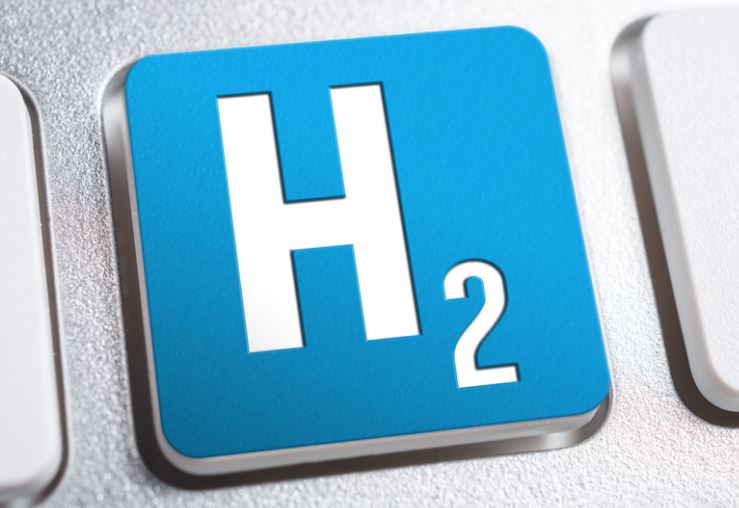Germany’s latest draft strategy for green hydrogen imports, as reported by Clean Energy Wire, outlines an ambitious plan to diversify its supply sources and ensure long-term sustainability.
The German government’s plan to establish a diversified import structure for green hydrogen includes pipelines from countries like Denmark, Norway, and the UK, and later expanding to North African countries via Italy. This approach is intended to mitigate supply risks and ensure a steady flow of hydrogen. However, the complexity of developing and maintaining such an extensive pipeline network across multiple borders cannot be underestimated.
The geopolitical and technical challenges of securing these routes, particularly through politically sensitive regions like North Africa, could pose significant risks. Additionally, the environmental impact of constructing new pipelines and the potential for leakage and inefficiency in long-distance hydrogen transport need careful consideration.
While the focus on green hydrogen produced from renewable electricity is commendable, Germany’s strategy also allows for the import of low-carbon hydrogen. This includes hydrogen derived from natural gas, provided the CO2 is captured and stored (a process known as blue hydrogen).
While blue hydrogen can serve as a transitional solution, its inclusion in the strategy raises questions about Germany’s commitment to fully renewable solutions. The carbon capture and storage (CCS) technology required for blue hydrogen is not yet widely proven at scale, and its long-term viability remains uncertain. Furthermore, relying on blue hydrogen could lock Germany into continued fossil fuel dependency, contradicting the broader goals of the energy transition.
Germany’s strategy rightly identifies green hydrogen as a crucial element in decarbonizing sectors like steelmaking and the chemical industry. However, the country’s reliance on imports highlights a significant challenge: Europe’s limited capacity to produce green hydrogen domestically.
Recent developments, such as the contract awarded to Egypt for the supply of green ammonia, underscore the growing reliance on international sources. While these partnerships are essential for meeting demand, they also expose Germany to external risks, including geopolitical instability and market fluctuations. The long-term success of Germany’s hydrogen strategy will depend on its ability to balance domestic production with secure, sustainable imports.





